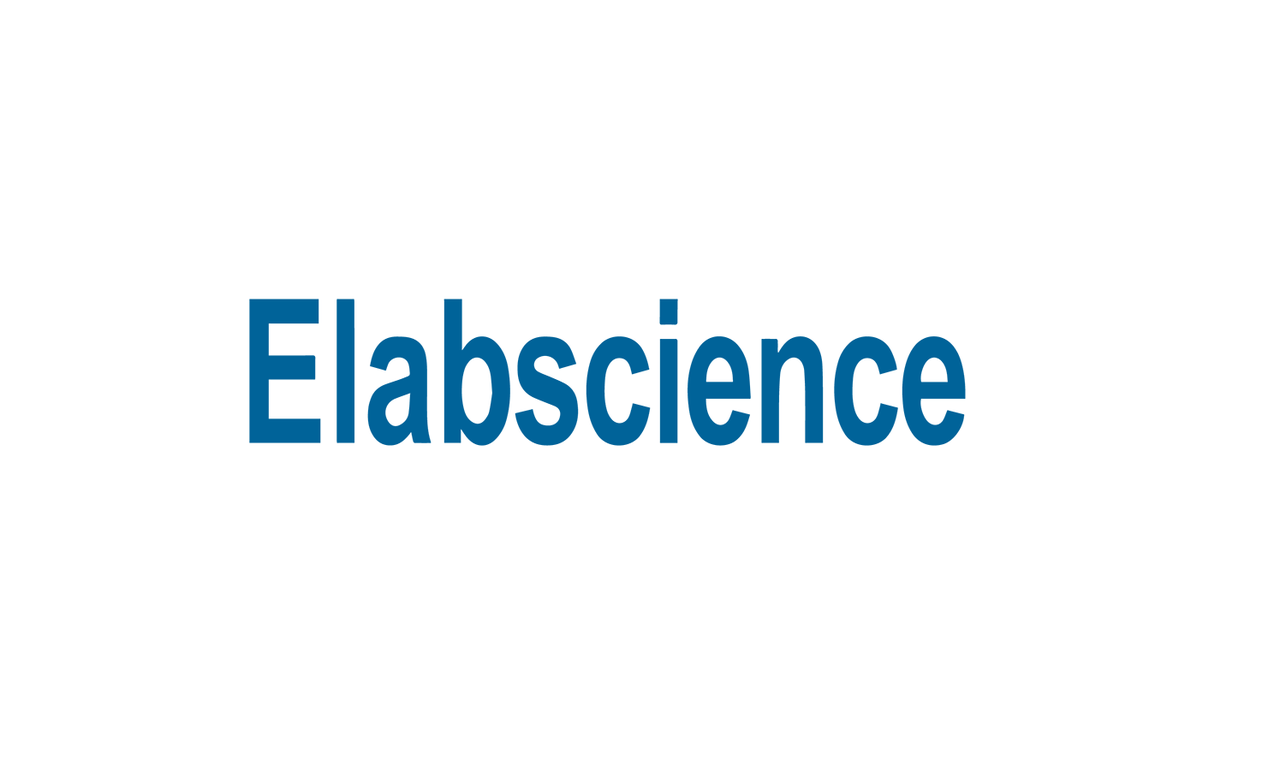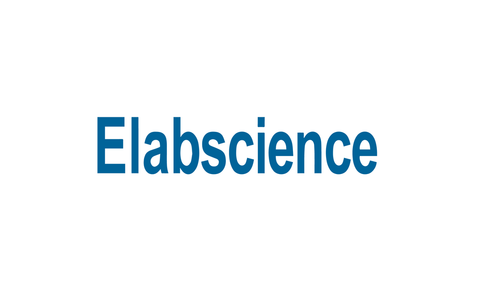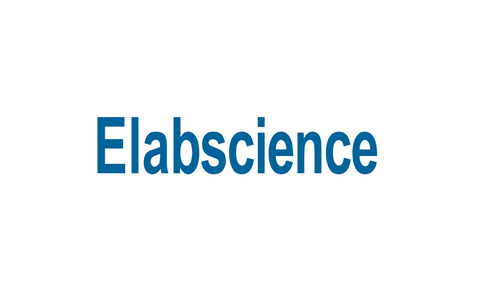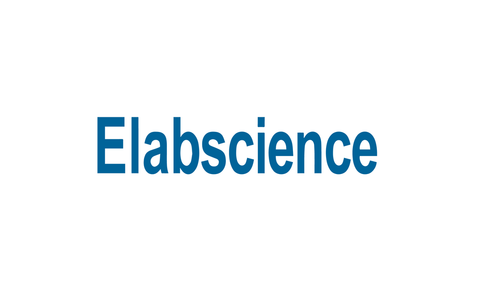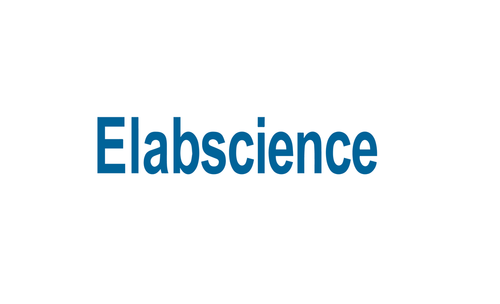Product Description
Rabbit Epiphyseal Chondrocytes | EP-CP-Rb016 | Elabscience
Background: Rabbit epiphyseal chondrocytes were isolated from the epiphyseal growth plate. The epiphyseal growth plate is located in the cartilage Tissue between the epiphysis and the diaphysis of the two ends of the long bone. The epiphyseal chondrocytes can divide, mature, and become hypertrophy, and are eventually replaced by the bone Tissue, which plays an important role in the growth of long bones. Naive epiphyseal chondrocytes are located on the surface of cartilage Tissue. They are distributed individually, small in size, and elliptical. The long axis is parallel to the cartilage surface. The deeper the epiphyseal chondrocytes gradually increase in volume and become round, with round or oval nuclei shape, light staining, weakly basophilic cytoplasm, and usually has number of lipid droplets. Mature epiphyseal chondrocytes are usually distributed in groups of 2-8 in cartilage lacuna. These epiphyseal chondrocytes are formed by the division and proliferation of the same mother cell, which are called homologous cell groups. Under the electron microscope, the epiphyseal chondrocytes have protrusions and folds, and there are a large number of rough endoplasmic reticulum, developed Golgi complex and a small amount of mitochondria in the cytoplasm. In the Tissue section, the epiphyseal chondrocytes shrink into an irregular shape, and a large cavity appears between the cartilage sac and the cells. Epiphyseal chondrocytes cultured in vitro are of great significance for studying their physiological functions, drug effects, and pathophysiological changes under the action of various pathogenic factors. The rabbit epiphyseal chondrocytes produced by our company are prepared by combined digestion with collagenase-neutral protease combined with special culture medium for chondrocytes. The total number of cells is about 5×10^5 cells/vial. Cells are identified by type II collagen immunofluorescence, and the purity is more than 90% without HIV-1, HBV, HCV, mycoplasma, bacteria, yeast, and fungi, etc.
Renewal: Every 2-3 days
Ratio: 1:2-1:3
Medium: EP-MP-Rb016
Growth Properties: Adherent
Cell Type: Chondrocyte
Tissue Type: Skeletal system
Tissue: Epiphyseal growth plate
Organism: Rabbit
 Euro
Euro
 USD
USD
 British Pound
British Pound
 NULL
NULL

